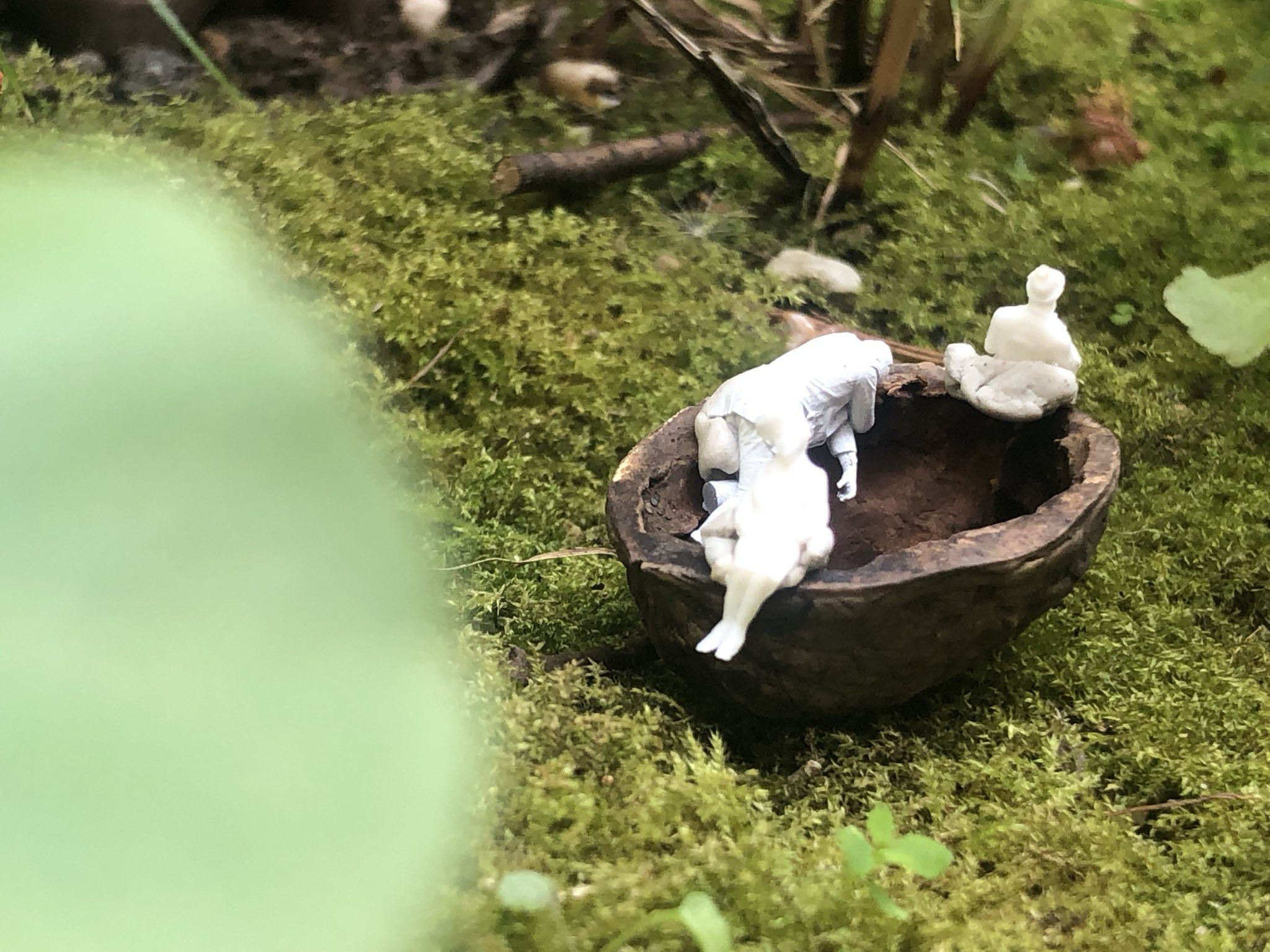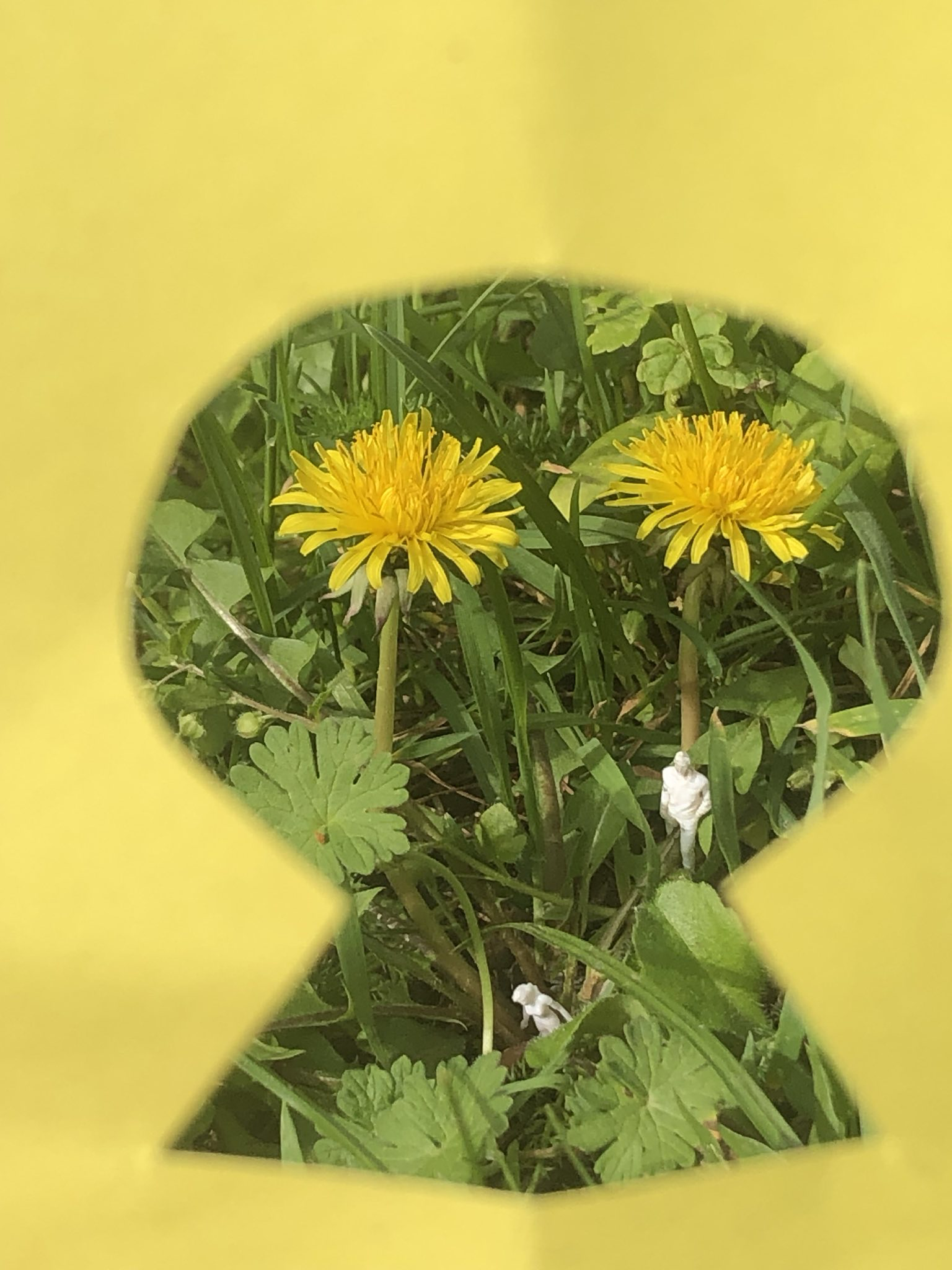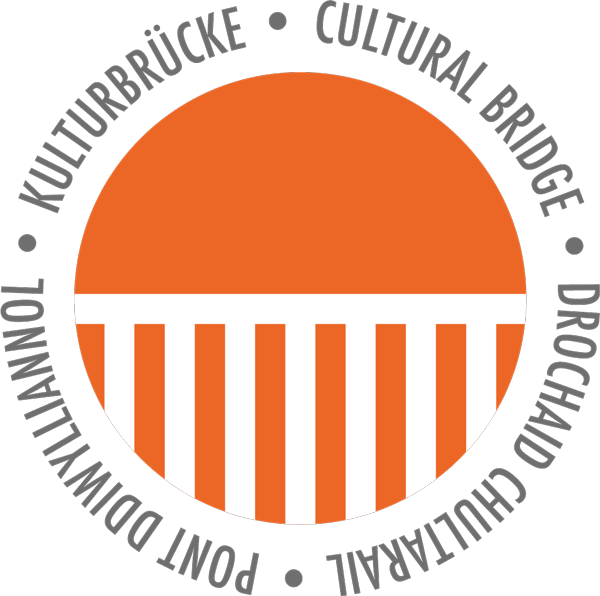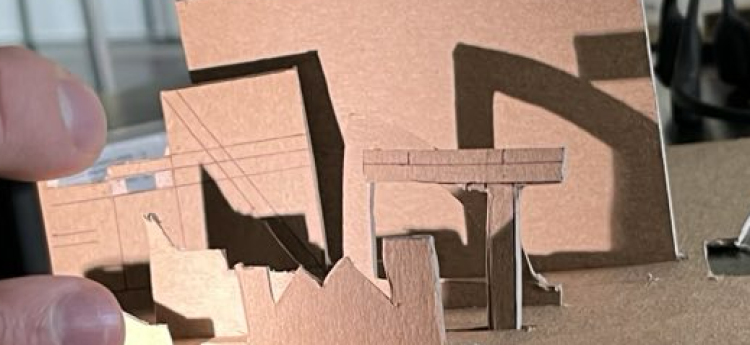The Riederwald district is the smallest neighbourhood in Frankfurt. A remnant of the city between the edges of different infrastructures: on one side is the Offenbach/Frankfurt motorway bridge, on the other is the Osthafen industrial area, and to the north are the stadium and DFB (German Football Association) training facility. The defining construction project is an underground tunnelling project (the "Riederwald Tunnel"), which has been planned since 1979 but has not yet been started in earnest. That's how long through traffic has been passing over the ‘Erlenbruch’ every day, dividing the neighbourhood between industrial estates, social housing and detached houses on the edge of the forest. There are few young people to be seen: They take the underground to more attractive parts of the city or spend time in the hidden corners of the small wood. Some visit the children's and youth centre.
Riederwald is where we – TheaterGrueneSosse from Frankfurt and Tortoise in a Nutshell from Edinburgh – had our first appointment for “Cultural Bridge”, for an open meeting in the afternoon with the local children’s and youth centre. Tortoise in a Nutshell is a visual performance group that tours internationally, working with diverse communities in Scotland to reflect artistically on social issues. TheaterGrueneSosse creates performance art and fantastic narratives with and for young people in Frankfurt. Both groups met in Frankfurt in April 2024 to get to know each other's working methods, talk about production conditions and explore our theme together with children and young people: Invisible Cities.

At Riederwald, we did our research in the voluntary afternoon program. Right after lunch, the children between 7 and 12 years were invited to explore the surroundings artistically, and show us their “invisible cities”. Our group shrank and grew with each task – because the children took part voluntarily in the truest sense of the word – and sometimes had other important things to do, as nine-year-old M. told us – before she went off to play with friends for half an hour. We explored the area around the children's and youth centre with the help of "little people" - polystyrene figures used for model making. The children were supposed to find and create scenes and little worlds in their environment with these miniatures, thus marking spots of interest and fantasies of community. The ‘little people’ turned out to be a fantastic way of getting to know the children's worlds and perspectives. Some little people marked curious objects of interest from the "adult world" - a shopping trolley behind the house, a letterbox. Others formed their own dramatic communities - for example, the boat in a nutshell on the way to an eerily synchronised mass meeting.
We ended the workshop with an experiment: could you pass on the world you created as a construction manual to children in Edinburgh? So that they could rebuild it, but in their respective "invisible city"? Instructive postcards were written that are now travelling to the UK. They contain multiple steps for finding the right location and materials, and arranging them to contain a meaningful world. What we hope for in the theme of “invisible cities” is that if we trust to be interested in each other's perspectives, we might re-see parts of the ordinary. That the translation between languages, cultures and media can have its very own poetry. Or, as the girl who built the world with the boat, put it: Step 1: Find something like water, for example grass.


